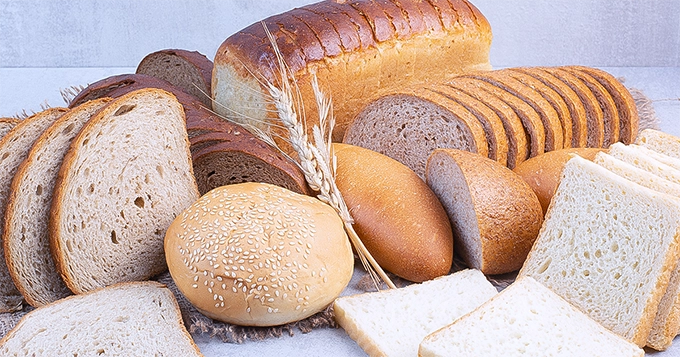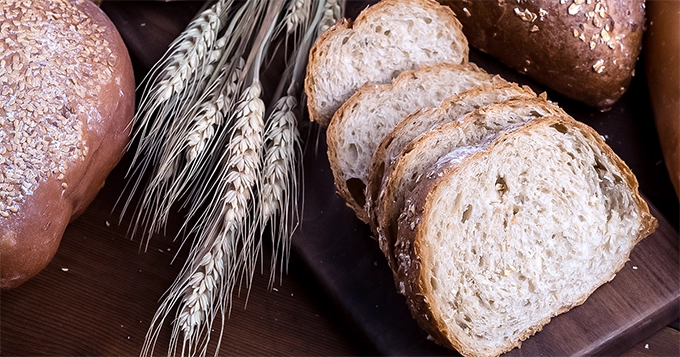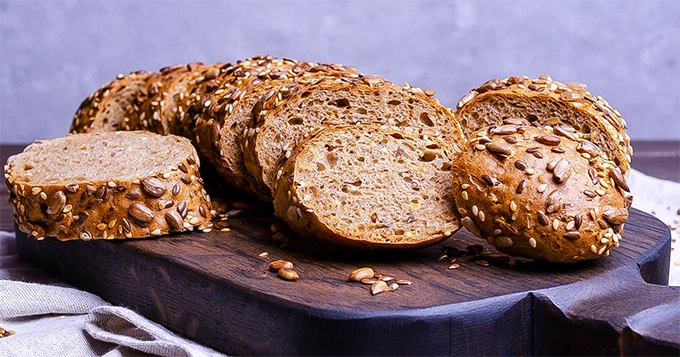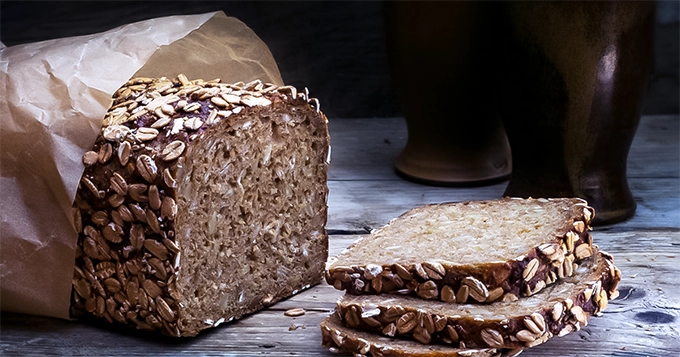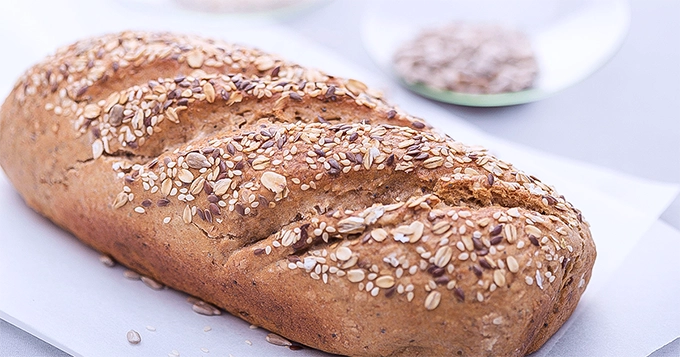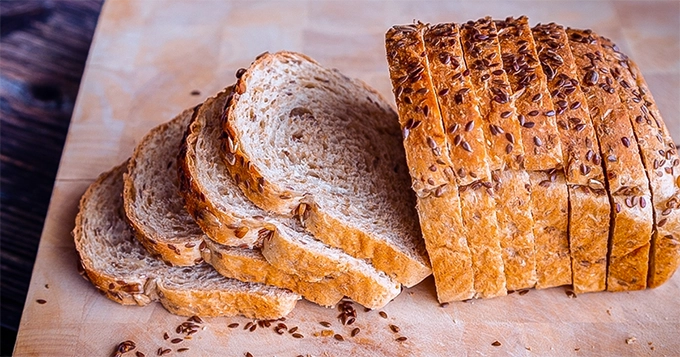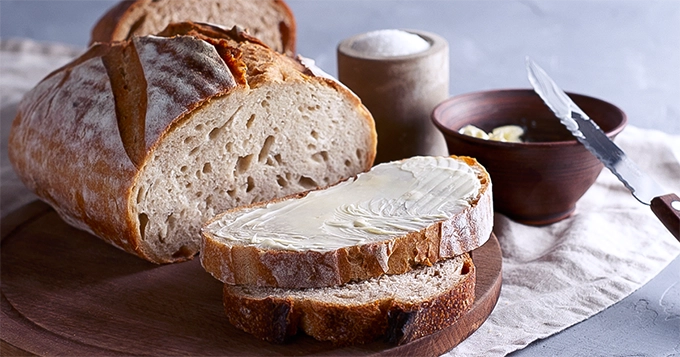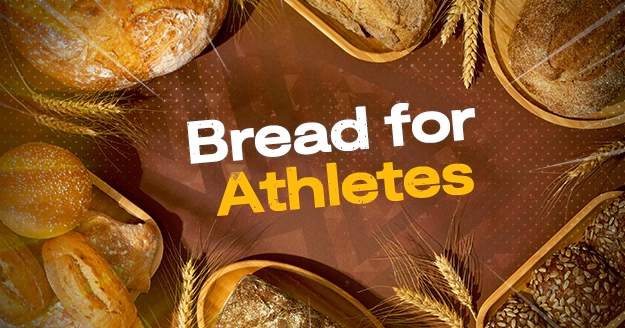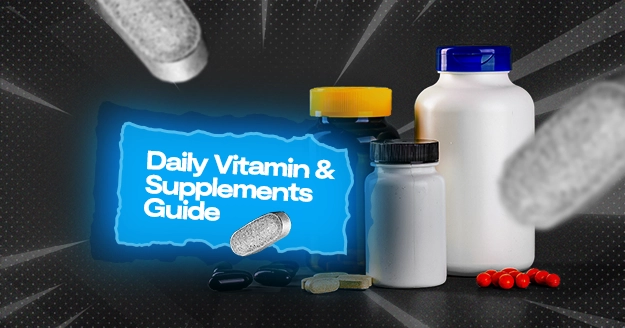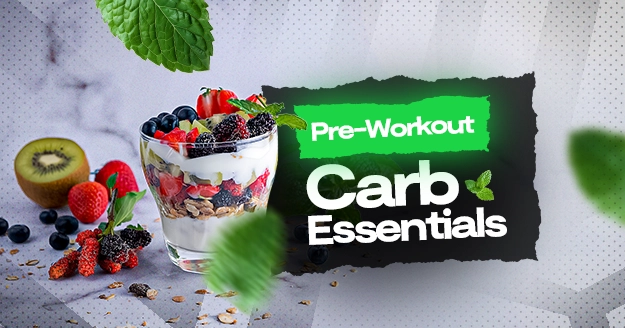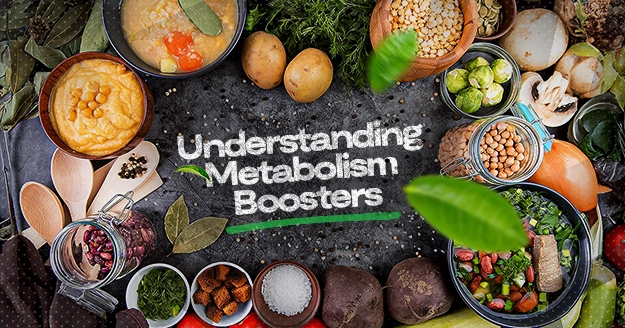Bread for losing weight? Is breads healthy?
Well, it’s no surprise if these are some of your thoughts as you’re reading this. Bread doesn’t exactly have a good reputation for being slimming or for being nutritious in general.
However, contrary to claims that it is fattening or contains excessive amounts of carbohydrates, the healthiest types of bread help you reach your fitness and nutrition goals. Many breads feature a short ingredient list that starts with whole grains. And, consuming more whole grains is linked to a lower risk of heart complications and cancer.
Since not all bread is created equal, we compiled a list of the healthiest types of bread you can try.
What type of bread is healthy?
100% Whole Wheat Bread
If you are going to ask what’s the healthiest type of bread, there’s no doubt that 100% whole wheat bread is one of the answers.
Whole wheat indicates that the entire wheat kernel was used to make the bread.
The fiber content in whole wheat bread is excellent. Whole wheat bread is much healthier to eat if your goal is to lose weight because it’s high in fiber. Foods high in fiber make it easier for your body to get rid of your body’s waste. Additionally, because fiber makes you feel full, it also prevents you from overeating.
But be careful and make sure you read the label. Numerous breads include “wheat” or “multigrain”; however, these terms by themselves (without the word “whole” appended) might be deceptive. The bread may not have been created from the full kernel if the phrase “whole” is missing from the box.
Multigrain Bread
As the name implies, multigrain bread is produced using a recipe that calls for a variety of grains. Wheat, barley, rye, millet, or even finger millet flour can be used to make the bread.
The benefits of multigrain bread include aiding digestion, lowering cholesterol, stabilizing your blood sugar, and helping with your weight loss goals.
It might be challenging to determine whether multigrain bread ingredients are whole or refined when they are branded as such. Thus, for the best choice, choose a multigrain loaf that is marked as “100% whole grain.”
Sprouted Grain Bread
Which type of bread is the healthiest? Sprouted grain bread makes the list. Sprouted grain bread is a healthy alternative you can opt for instead of white flour or whole grain flour bread. Sprouted grain bread is made out of whole grains that have begun to sprout or germinate.
Due to the health advantages of sprouted grain breads over white flour, they are becoming more and more popular among health-conscious individuals and those who only have minimal sensitivity to wheat or gluten.
Sprouted grain breads unlock the crucial advantages of grains that our bodies require. Enhanced digestibility, improved mineral absorption, enhanced antioxidants, and increased vitamin C and vitamin B levels are a few of its advantages that are well-known.
Oat Bread
Steel-cut oats, thick oats, and whole-grain oat groats may all be found in oat bread.
Here are some potential benefits of oat bread:
- Dietary fiber, such as that found in oats, can help to encourage healthy digestion and ward against constipation.
- Oats provide soluble fiber called beta-glucan, which has been demonstrated to lower cholesterol levels and the risk of heart disease.
- Low Glycemic Index: Oat bread has a lower glycemic index than white bread, which means it raises blood sugar levels more gradually.
When selecting a healthy oat bread, it’s crucial to read the labels carefully. Choose products with whole wheat flour and oats as the first two components and with little to no added sugar.
Flax Seed Bread
The addition of flax seeds, ground flaxseed, or flaxseed oil to bread results in flaxseed bread. Since flaxseed has health benefits for consumers, flaxseed bread is also considered a healthy food. It possesses a toasty, nutty taste that some customers find to be particularly pleasant.
Major health benefits come with this kind of bread! For starters, flax seeds are rich in important bioactive substances, including lignans, protein, soluble fiber, and alpha-linolenic acid.
It has been demonstrated that these compound-rich seeds improve heart health by decreasing cholesterol, reducing inflammation, and guarding against the development of plaque in the arteries.
Sourdough Bread
Lastly, we have sourdough bread. Natural leavening occurs in sourdough. Commercial yeast is not required for the bread to rise. Instead, it relies on a “starter” to rise, which is a water and fermented flour mixture that’s composed of natural yeast and healthy bacteria. This results in the tangy flavor and somewhat chewy texture that are common characteristics of sourdough. Wild yeast has a stronger flavor and is more natural (compared to commercial yeast) because it doesn’t have any chemicals.
Probiotic-rich diets from fermented foods have been linked to a variety of beneficial health effects, including boosted immunity and improved digestion. Additionally, sourdough can increase your daily intake of probiotics because many experts think it’s preferable to obtain them through food rather than pills.
Pick a sourdough bread produced with whole wheat flour for the healthiest option. Along with the probiotics found naturally in the bread, you’ll also receive additional fiber, protein, and minerals.
